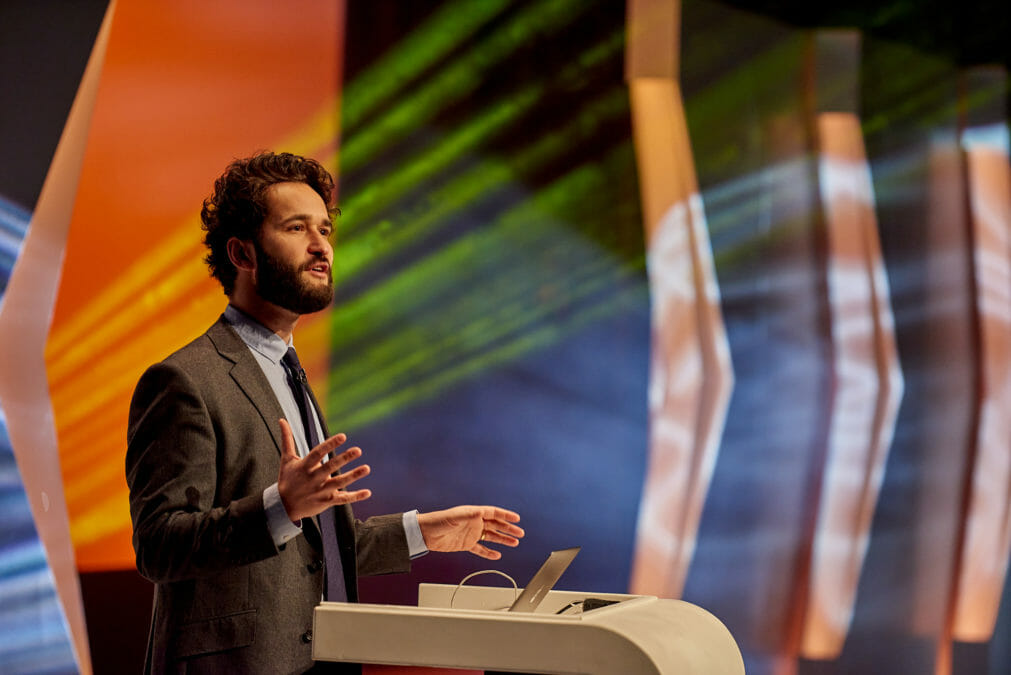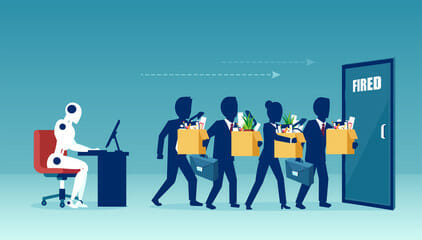Will AI replace my job as a CTO? is one of the most pressing questions any senior technology leader must be asking themselves.
The answer is both yes and no, according to Dr Daniel Susskind, Oxford University economics fellow and author of bestseller A World Without Work, a study of how artificial intelligence is going to displace many white-collar jobs in professions such as law, accounting, education and HR.
What Susskind calls the AI fallacy is projecting onto computers the same kind of human skills that are valued so highly in the professions — empathy, judgement, creativity — and therefore deciding computers fall short.
This misunderstands AI capability, says Susskind, as its pattern recognition and data storage capabilities far outstrip anything humans can do.

Instead of thinking AI is going to completely take over the professions — something we are already seeing in IT departments with AI chatbots handling lower-level tickets — it would be better to think of any job as a collection of tasks, some of which are better suited for automation than others.
What is the role of the CTO at McKesson Technology?
Susskind said: “Any job can broken down into tasks that are relatively routine and process based. We’ve got to think from the bottom up in terms of individual tasks. A lot of these tasks turn out to be relatively routine.”
And according to a McKinsey survey of 820 occupations in the US, only 5% of occupations consist of activities that are 100% automatable.
The survey also found that 60% of all jobs involved repetitive tasks that could be automated to an extent given current AI.
And in an example of how automation can change the lives of all CTOs and CIOs for the better, a recent Asana survey of over 10,000 workers found they spent only 27% of their time doing what they were supposed to be doing in their job — the rest of their time was spent doing robotic and automatable tasks.
Susskind said that the key to unlocking the AI challenge is education, the format of which has not changed for hundreds of years and trains people to do those activities that are going to be displaced. In future, education should focus on two areas said Susskind: either the kind of roles that machines cannot yet do or helping to design and build AI machines and putting them to use.
He foresees everybody being in a state of continual education, rather than people mostly cutting off at school-leaving age.
Susskind said: “We don’t face mass unemployment. We’re going to see more demand for the people who can perform the types of tasks that can’t be automated. The challenge as I see it is how do we prepare people for the change in work that’s going to come?”







